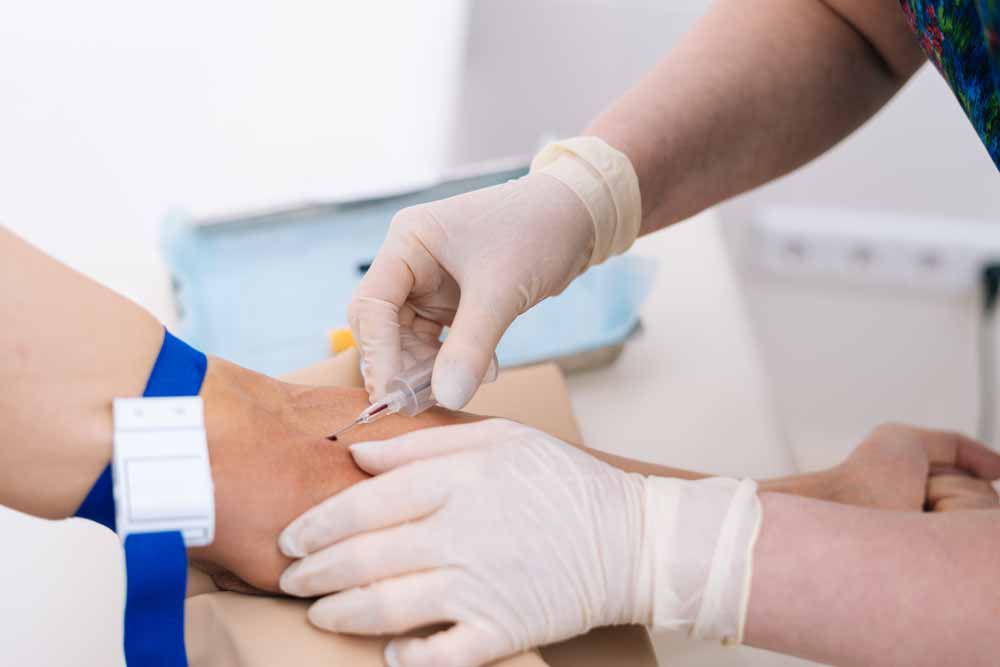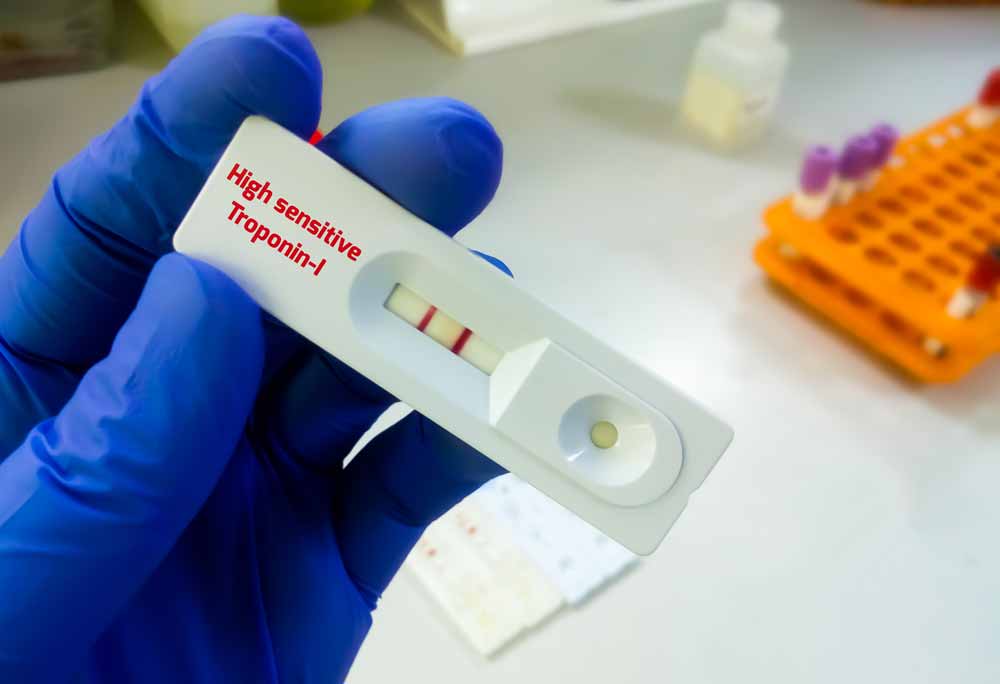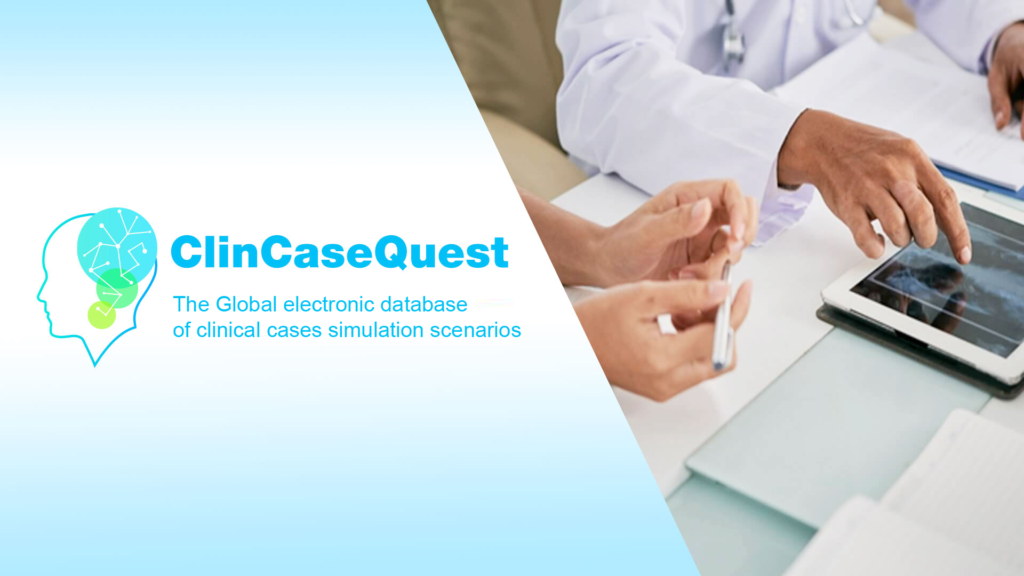Storytelling in medical education

The creation of modern teaching materials, including in medical education, should take place in accordance with modern trends and best teaching practices, one of which is storytelling today. Storytelling in medical education allows to ensure the formation and development of students’ cognitive interests and abilities, creative thinking, skills and abilities of independent mental work. People have always been interested in life stories. And medicine, as you know, is an inexhaustible source of stories (it is no coincidence that the memoirs of doctors, which contain curious cases from practice, are invariably popular among readers). This is not necessarily about personal experience: a good story can be “borrowed” from colleagues or even made up – the main thing is that it helps to achieve the set educational goal.
The case method (case based learning, method of specific situations, method of situational analysis) is a teaching technique that uses a description of real situations, it is a method of situational learning based on specific examples. The case method is most widely used in the study of economics and business sciences. The case study methodology has also become widespread in pedagogy and medicine. The first mentions of the introduction of case technology in the teaching of medicine appear in 1912, when the Scottish pathologist Professor James Lorren Smith, known for his work on human physiology, began to use this method while teaching pathology in 1912 at the University of Edinburgh. The case method, or the method of situational exercises, is a teaching method that allows you to bring the learning process closer to the real practical reality of specialists. The case study methodology contributes to the development of inventiveness, the ability to solve problems, and develops the ability to analyze and diagnose problems. This pedagogical tool helps to understand the topic deeper, develop imagination, gain ground for testing theory, researching ideas, identifying patterns, relationships, formulating hypotheses, increasing motivation, encouraging thinking and discussion, gaining information, deepening knowledge, convincing views, developing and applying analytical thinking, the ability to solve problems and make rational conclusions, develop communication skills, combine theoretical knowledge with practical problem solving, turn abstract knowledge into values and skills. In the field of medical pedagogy, this technique allows developing “clinical thinking” based on the principles of evidence-based medicine, improving practical skills. This technique is successfully used all over the world in teaching medical sciences.
And the case study methodology is implemented thanks to storytelling, the ability to tell, convey a story, a clinical situation and achieve an educational goal by deep immersion in a clinical case.
Storytelling is a technique that uses media potential to convey information through storytelling. Storytelling is a three-step process: first, they figure out why and to whom to tell the story, then choose the method and format for telling the story, and then, indeed, tell it: orally, in writing or in another form, for example, using computer simulation. Therefore, a story does not exist without a context, an audience, a reason for its appearance and the meaning of its telling.
The purpose of storytelling is to provide effective motivation for the action required for the subject.
The goal of storytelling is to make clear the relationship between past, present and future, pushing to the correct conclusion about the present.
Storytelling allows you to:
- justify the existing rules;
- preserve, systematize and convey information about the main achievements;
- effectively motivate;
- cause the desire to continue communication;
- form the loyalty of the subject.
The mission of storytelling is to grab attention from the first second and keep it throughout the entire story, evoking sympathy from the reader or viewer for the main character of the story, and through sympathy to convey to the audience the main idea, theoretical and practical material. Familiarization with a specific story (clinical case) is more effective than studying theoretical material. The presentation of theoretical material through the prism of a real clinical situation, immersion, involvement and development of emotions, contributes to its deeper memorization.
Storytelling influences the minds of people, inspires them with the necessary thoughts, forms involvement and the ability to evoke a planned reaction and further behavior.
For a story to be engaging, there must be certain basic moments in it. In accordance with these key components, clinical case scenarios can also be created:
- idea;
- hero;
- projection;
- structure;
- connectivity of elements;
- storytelling style.
The storytelling idea should be understandable to the audience and revealed in the course of the story. In this case, the idea may have nothing to do with story. The clinical case itself should not be detached from real clinical practice. It should shed light on what is happening in clinical practice, identify problems, contradictions and show possible ways to solve them. The story itself should develop according to a predetermined plan – the structure of the script. At the same time, the student must feel like a full participant in it. This is achieved by providing a choice and building a training scenario with branching. Structure alone is not enough to create a compelling story. It is important to correctly link all the elements of the structure into a single piece. The style and tone of storytelling is what influences the fact of how the reader and viewer perceive the story.
So, the foundation of any story is as follows:
- the hero is the main character (it can be the same student, intern, doctor, patient, teacher);
- place and context – the environment where events unfold (hospital, university, etc.);
- goal – any message or morality (what you started the story for);
- the plot is what unites the previous points, the structure that allows the interaction of the elements of the story.
Adjusted for the goal, the plot is what happens to the hero in the described conditions. There are many requirements for what a good story should be. Everything else is lexical and compositional techniques, style, means of artistic expression and much more.
Emotion can be seen as an integral part of storytelling. A good story should evoke the emotions that often form the basis of stories. Emotional learning content gets more responsive – that’s an axiom. In order to make clinical simulation scenarios emotional, there are special lexical, syntactic, morphological and intonation techniques. And if you make the listener an accomplice in the story, then his motivation for learning will become even greater. Every successful story for storytelling must have a set of qualities, without which the effectiveness of the method will significantly decrease:
- be unusual but believable;
- be short and memorable; it is important not only to select stories that are suitable in format, but also to be able to present them in a compact manner, without dragging out the story;
- contain a simple and understandable moral;
- match the target audience.
Case study methodology, storytelling in medical education can be implemented in various ways. This can be a format of work in small groups, a method of business role-playing, a method of discussion, standardized patients, actors, etc.
Interactive cases are widely presented on the websites of some medical educational institutions and in the Internet versions of medical journals as well as world societies of doctors of various specialties. Cases are illustrated materials that are shown to the user in a certain sequence. The user receives information on the patient using video, graphic images, diagrams and other things, and after a while he gets the opportunity to choose one or another action, suggest a diagnosis, carry out differential diagnostics, prescribe an examination and treatment.
In the “Global electronic database of clinical case scenarios “ClinCaseQuest””, the case study methodology and storytelling are implemented through the use of information and educational web technologies, this makes the learning process interactive, effective and allows you to scale the created educational materials simultaneously to a large audience. With the help of information and educational web technologies, opportunities are revealed to create a wider range of clinical cases, including quite rare ones, with high-quality visualization of additional research methods, which is impossible with the traditional teaching format. Access to interactive clinical cases of “Global electronic database of clinical case scenarios “ClinCaseQuest”” is open and implemented via Internet access.
The “Global electronic database of clinical case scenarios “ClinCaseQuest””, does more than just effectively implement and apply case-based teaching and storytelling techniques in medical education. The peculiarity of the project is to provide the student with the opportunity for independent decision-making and maximum activity within each clinical situation.
“Global electronic database of clinical case scenarios “ClinCaseQuest”” expands the capabilities of the traditional education system, minimizes the gap between classical education and real clinical practice, based on the best traditions of the implementation of case-based teaching and storytelling methods.





